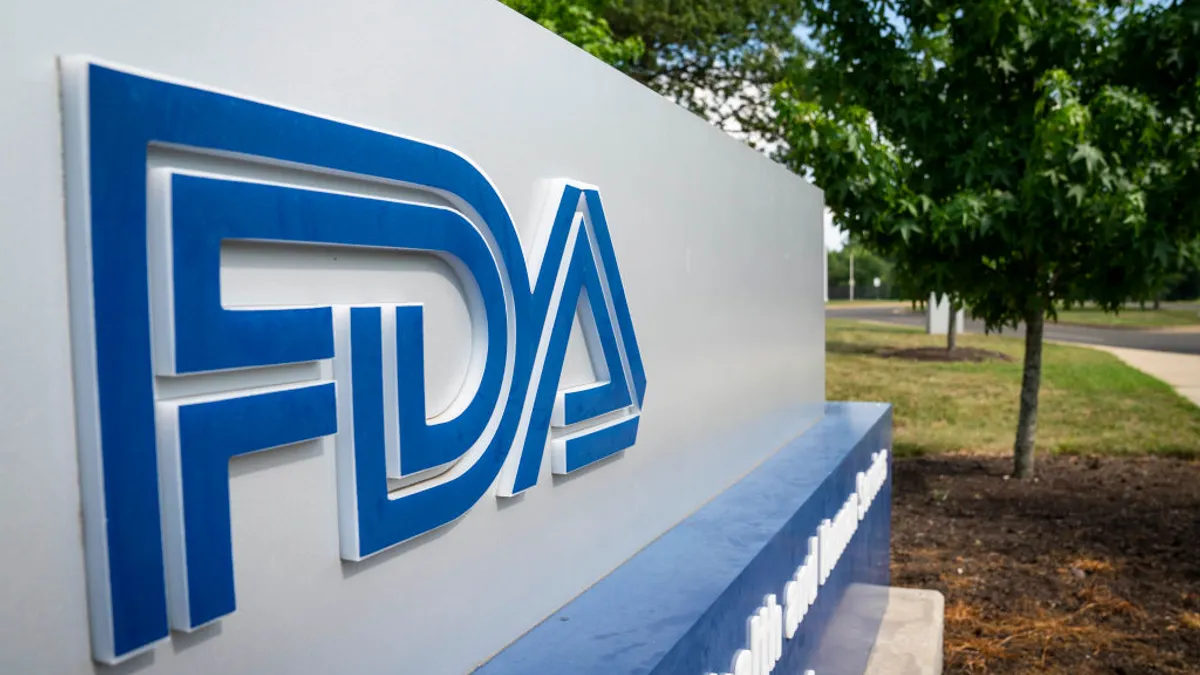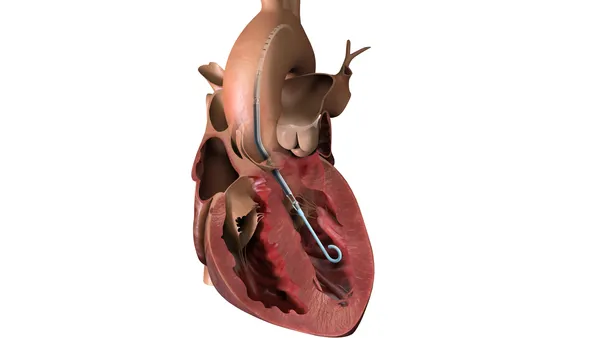Dive Brief:
- The Food and Drug Administration has published draft guidance detailing recommendations on biocompatibility assessments of medical devices.
- The document, which the FDA released Thursday, is the regulator’s response to deficiencies it said it often sees in premarket submissions. Lab-to-lab variability in approaches to analytical chemistry leads to inconsistent reports, the agency said.
- To promote the consistency and reliability of analytical chemistry studies, the FDA has shared recommended methodological approaches for device biocompatibility chemical analysis. The FDA is accepting feedback on the draft until Nov. 18.
Dive Insight:
The FDA evaluates medical devices that come into contact with the body for the potential for materials to cause unacceptable adverse biological responses. Manufacturers can generate the required evidence by characterizing the chemicals that may be released from their medical device to the body. Chemical characterization can accelerate biocompatibility testing and reduce animal testing, the FDA said.
While the FDA already has biocompatibility guidance and recognized consensus standards, none of the existing documents provide a detailed methodology on how to run extractables studies and chemical analysis of device extracts, according to the draft guidance. The FDA has identified the guidance gap as the potential cause of variability in how different labs perform analytical chemistry and the resulting deficiencies in premarket filings.
In response, the FDA has published a 45-page draft guidance document that provides recommendations on how to collect and report chemical characterization data. The document is focused on extractables studies, which aim to identify and quantify substances that are released from a device or material using laboratory extraction conditions and vehicles.
Extractables studies are the most frequently used type of chemical characterization study, the FDA said. Companies run the studies described in the draft to screen for unspecified extractables, test for specified extractables to assess biocompatibility endpoints or show chemical equivalency to a medical device with previously demonstrated biocompatibility.
The FDA has split the guidance up into sections focused on information gathering, test article extraction, chemical analysis and data reporting. The sections feature detailed advice, such as the recommendation to perform extractions in triplicate for each solvent. Four appendices contain additional details.













